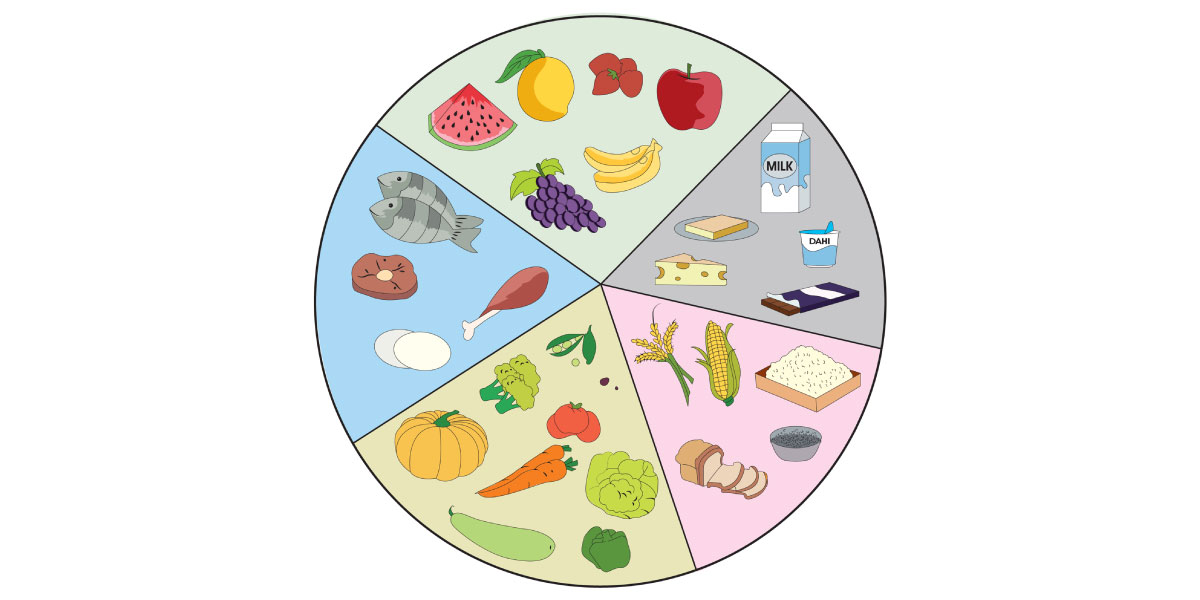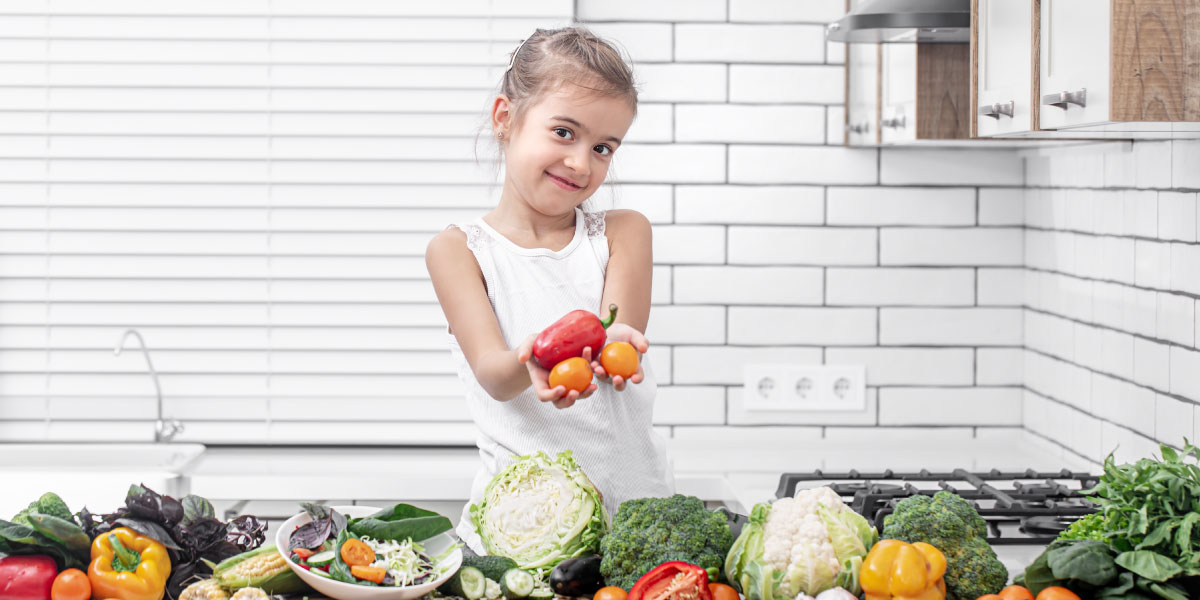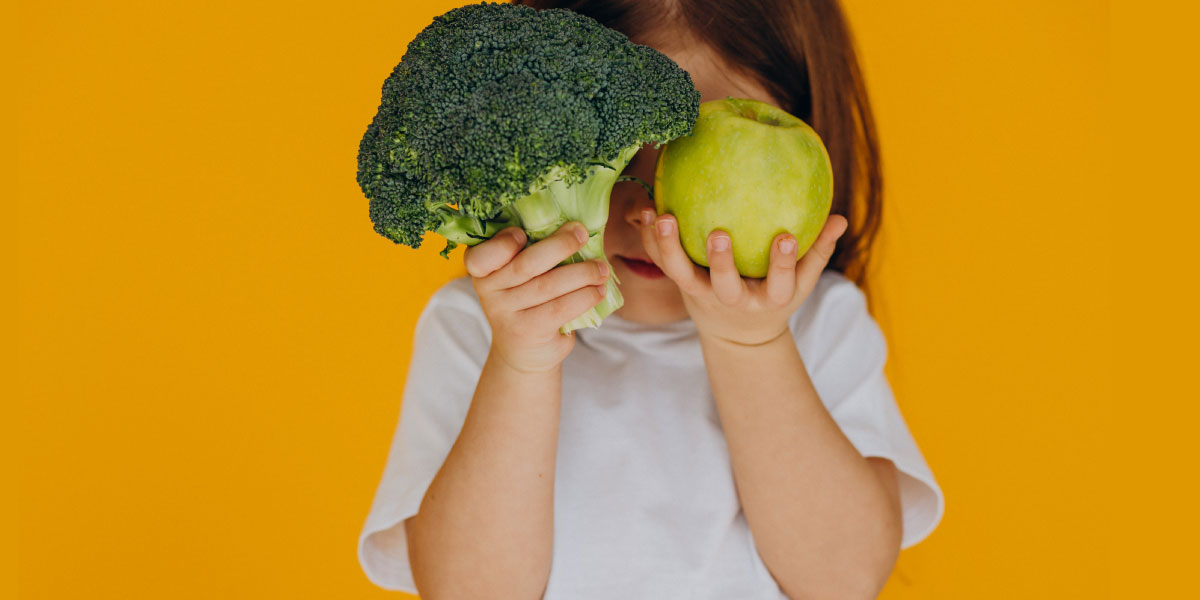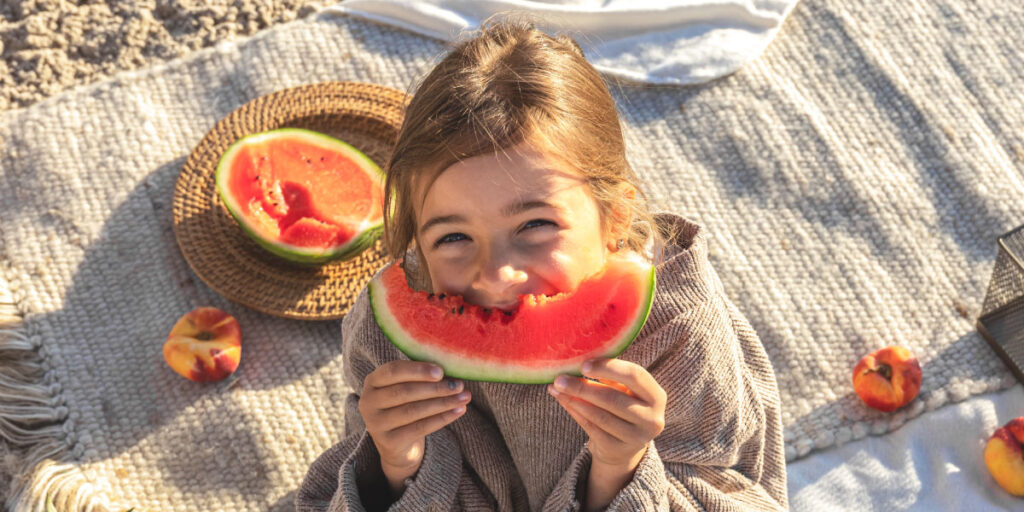Most children find focusing on their studies challenging. But that doesn’t mean we can’t help them with this challenge. One of the best ways is to be more mindful of the foods they consume.
Research shows the food we eat directly affects our brain health and cognitive abilities. Since children’s minds are still developing, the nutrition they receive becomes even more vital. That’s why in this article, we’ll recommend foods that can improve your child’s focus while studying.
Best Foods for Studying
There are a lot of individual foods, called brain foods, that can boost brain function. Even though brain foods for studying can help your child focus and concentrate better, it is best to look at their whole diet. This way, you can ensure their developing bodies and brains get what they need.
Foods can be divided into different categories: fruits, vegetables, proteins, grains, and dairy. It’s important to eat from each category daily.

Pediatric dietitian Viv Sullivan has some tips to help:
- Your child must eat regular meals and snacks. Breakfast is the most essential meal of the day; it provides a great energy boost to start your day. When studying, no foods should be skipped.
- Omega 3s and healthy fats are essential for brain growth and function. Fatty fish, nuts, seeds, olive oil, and avocados are great examples.
- Wholegrain cereals like brown rice, lentils, and legumes give a constant supply of glucose, B vitamins, and fiber. These are needed for brain fuel, energy, and digestion and help your children to stay full between meals.
- Citrus fruits, vegetables, and leafy greens should be an important part of their daily meals since they are full of vitamins and antioxidants to keep their cells healthy.
- Dairy products, such as milk, yogurt, and cheese are good sources of calcium, protein, and vitamin D. These are all crucial for healthy bones and teeth, as well as brain growth.
- Eggs and lean meats provide zinc to help memory, and iron to help focus and maintain energy levels. Vegetarians can serve legumes and lentils that contain extra iron. When these foods are eaten with vitamin C, iron absorption will get better.
- Hydration helps your child stay alert, awake, and focused. Water is also very needed to keep their tummies satisfied.
- A small daily treat is allowed, as long it does not replace the above-mentioned foods.

Foods that Increase Concentration While Studying
Some foods give the brain an extra push to boost its performance. You can consider brain food for studying to improve your child’s memory for an exam. Let’s look at the best foods for studying and concentration:
Fatty Fish
Fatty fish is a rich source of omega-3 fatty acids. Research shows that about 60% of our brain is made of fat, and half of that consists of omega-3 fatty acids. Omega-3s are used to build brain and nerve cells, which is why these fatty acids are essential for learning and memory. Additionally, fatty fish improves blood flow to the brain.
Not getting enough omega-3s is linked to learning impairments, as well as depression. Other research shows that people who regularly eat fish tend to have more gray matter in their brains. Most of the nerve cells that control memory, decision-making, and emotion are in gray matter.
Blueberries
Blueberries and other deeply colored berries have antioxidant effects. Some of the antioxidants in blueberries accumulate in the brain and improve communication between brain cells. According to a review of eleven studies, blueberries could help memory and improve cognition in children and adults.
Turmeric
Curcumin is the active ingredient in turmeric. It has been shown that curcumin can cross the blood-brain barrier, meaning that it can directly enter the brain and be beneficial for the cells. Research has shown that curcumin boosts growth hormones that help brain cells grow.
Broccoli
Broccoli is high in vitamin K, this fat-soluble vitamin is essential for brain cells. Broccoli is among the foods that improve memory for exams.
Pumpkin Seeds
Pumpkin seeds contain powerful antioxidants that protect the brain from free-radical damage.
Dark Chocolate
Dark chocolate and cocoa powder are packed with a couple of brain-boosting compounds. The compounds are collected in the areas of the brain that deal with learning and memory. That is why researchers believe that these compounds may enhance memory. According to a study, chocolate eaters performed better in a series of mental tasks, including memory-related assignments, compared to non-chocolate eaters.
Nuts
A 2014 study showed that women who regularly ate nuts for several years had better memory compared to those who did not eat nuts. Several nutrients in nuts explain their beneficial effects on brain health, such as healthy fats, antioxidants, and vitamin E.
Oranges
Vitamin C is a key factor for brain health, and eating one orange a day can offer you the needed daily dose. According to a study, higher levels of vitamin C in the blood were associated with improvements in tasks involving focus, memory, attention, and decision speed. Other fruits and vegetables that are high in vitamin C are bell peppers, guava, kiwi, tomatoes, and strawberries.
Eggs
Eggs have several nutrients that result in a healthy brain. Studies have found that a higher intake of egg nutrients resulted in better memory and mental function. Egg yolks are among the most concentrated sources of this nutrient.

Food Decisions
With all the read information in mind, you can decide to change your kid’s diet. The next step is to evaluate how you can do this subtly, since, after a certain age, kids want to make their own decisions.
It is important to set a good example as a parent. That will make them more likely to adjust to new eating behaviors. Keep in mind that when you explain the reason for the change, they will be more likely to accept the new situation.
The increased access to the internet and social media significantly influences your child’s decisions. When your child sees sweets and unhealthy snacks, it can be difficult for them to choose healthy foods. Therefore, it is a good idea for you to monitor your child’s internet use with a parental control app like Safes.
Safes is a parental controls app that offers a lot of great features:
- With live location, you can always see where your child is at any time. With the geofence feature, it is possible to set specific device rules for places and get notified when your child arrives or leaves.
- With the content filter feature, you can tailor the digital world to suit your child. The smart profile generator handpicks the most suitable rules for your child. It is also possible to add your preferences to block content.
- Set a screen time to control your child’s screen usage. You can set a time for your child to use their electronics, personalized for each child and device.
You can download the app or use the web panel and start with the free trial to protect your child.




